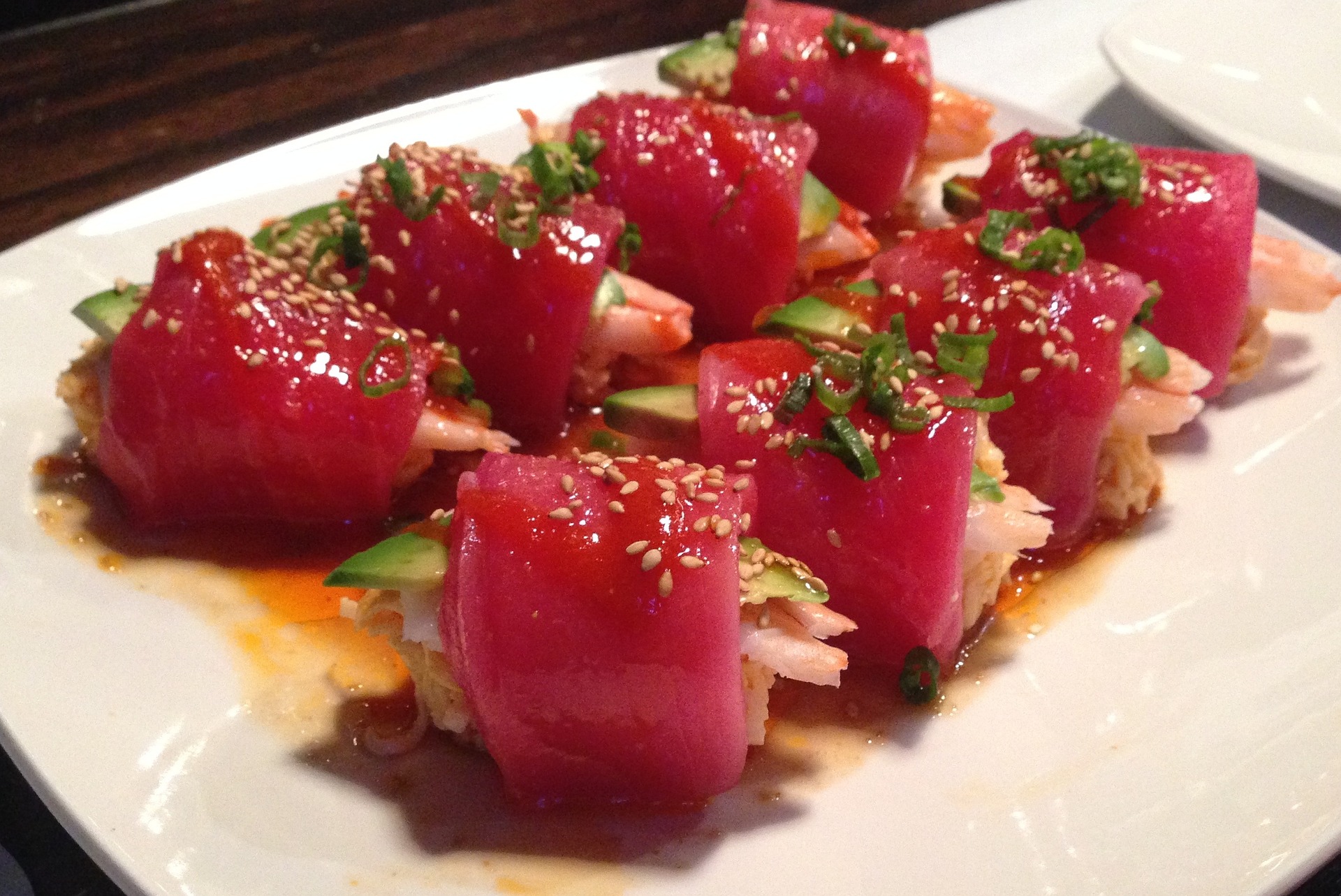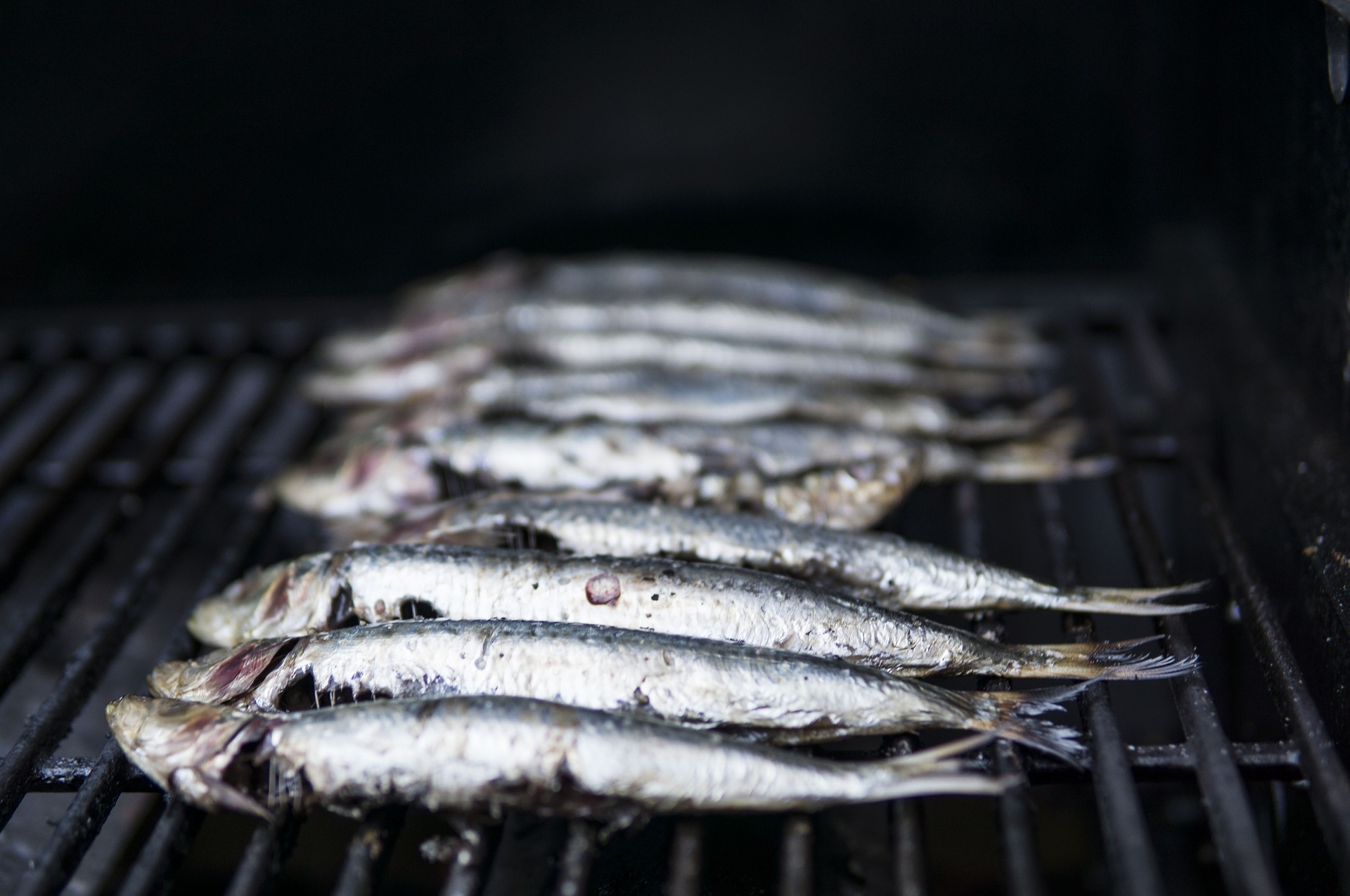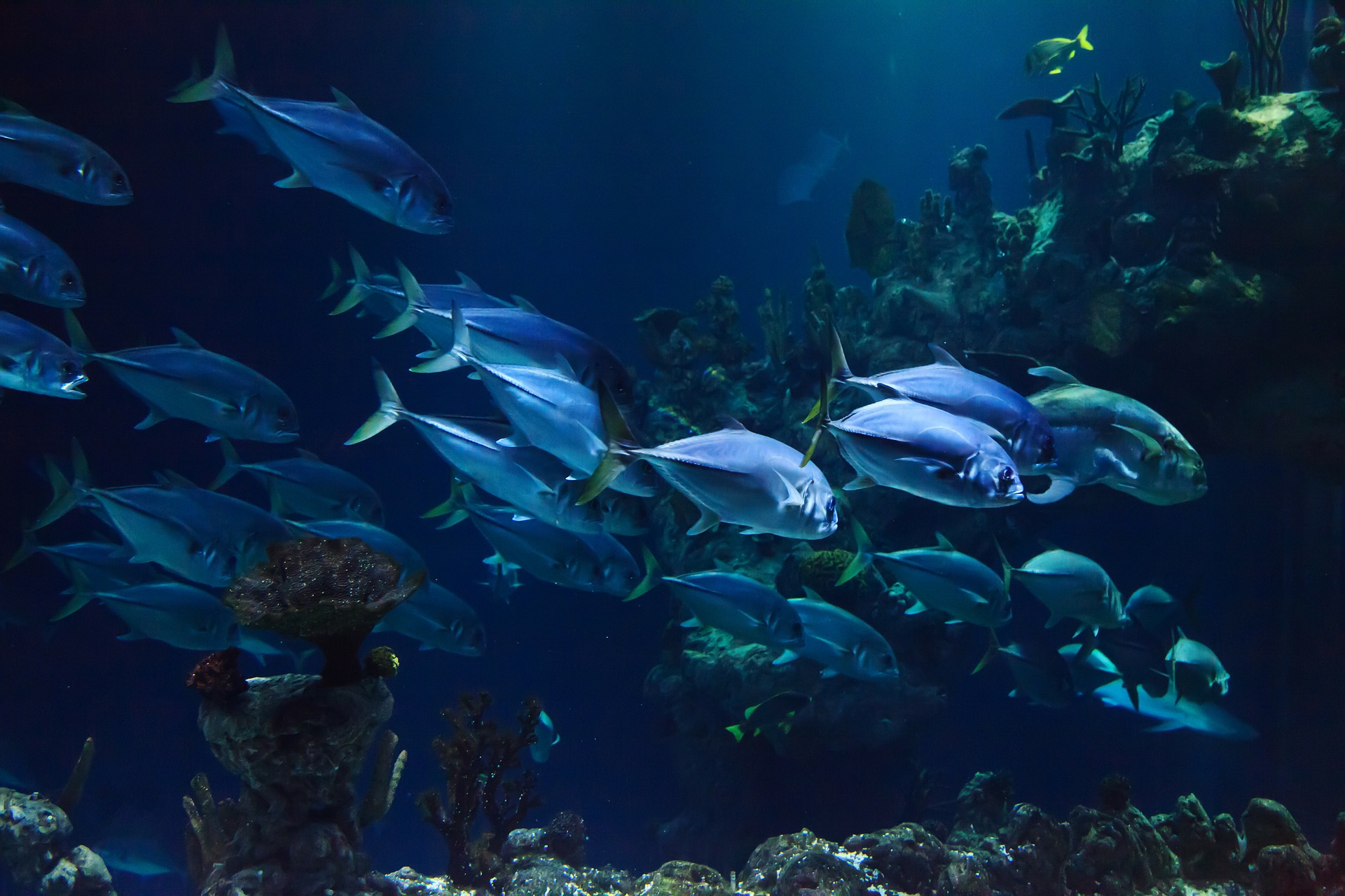The topic of fresh fish in Hawaii dining is dominated by the big ones: ahi tuna, marlin, mahi mahi. There’s good reason for that. They’re delicious. But Hawaii is home to a bewildering assortment of tasty reef fish that you are unlikely to find on the menu anywhere other than a dry-erase board on a lunch truck or local fishmonger’s pickup.
Designer ahi poke and grilled mahi get top billing because they look good. Who can deny the appeal of a lustrous cut of prime sashimi, or a slab of carefully charred mahi smoking hot from the grill? Those steaks are the tenderloins of the sea. They are prized game fish, too, wrested battling from the deep blue sea by brave souls on the open ocean.

Humble reef fish like akule (mackerel) and menpachi (flagtail or cave fish) are enjoyed by net-casters and spear-fishers and their families in innumerable secret recipes just as they have been for centuries in the Hawaiian islands. Lucky Hawaii youngsters grow up with a three-prong spear, or “Hawaiian sling”, in their hand as they learn to stalk the solitary uhu (parrotfish).
Akule and menpachi swim in shoals along Hawaii’s shallow reefs. “Menpachi holes” are closely kept secrets among families and friends, submarine honeypots harvested only when the moon and the tides are right. Artful reef-walkers in two-toed “tobbies” prowl tidal areas casting expansive throw nets over shimmering schools of panicked akule in the summer sun.

Most of the catch from the reef finds its way into freshly-iced coolers for distribution to the office volleyball team or little league potluck. Some might say, however, that the best way to enjoy the catch is right there on the beach or the rocks. Throw it on the grill! Eat ‘em raw, right there! Just don’t catch more than you need.
A key difference between Hawaii’s reef fish and their more glamorous game fish cousins is that eating them is personal. Ahi and mahi mahi are thick cuts and chunks. That is not the case with reef fish. Raw, steamed, grilled, deep-fried, it’s the same: the fish is looking back at you. That can be unnerving for the uninitiated. Imagine eating a steak or pork chop that way, or ahi or mahi mahi for that matter. No thanks!

But lots of kids in Hawaii wrestle in the sand over who gets to pluck and eat the eyes of the big papio (trevally) that Uncle just reeled to shore as it’s gutted by tutu (grandma). Piles of pink and red menpachi with their surprised and unusually large eyes wait for the hot oil in the cast iron pan on the stove. Their eyes are big to spot predators like ulua (really big trevally).
These types of reef fish are more traditional foods than snooty cuisine. Sure, you might occasionally see a sauced-up baked opakapaka (sea bass) on a Waikiki seafood restaurant’s chalkboard, but it’s unusual. Enjoying reef fish for food in Hawaii means that you’re not more than once or twice-removed from the person that caught it. Or you shouldn’t be, anyway.




